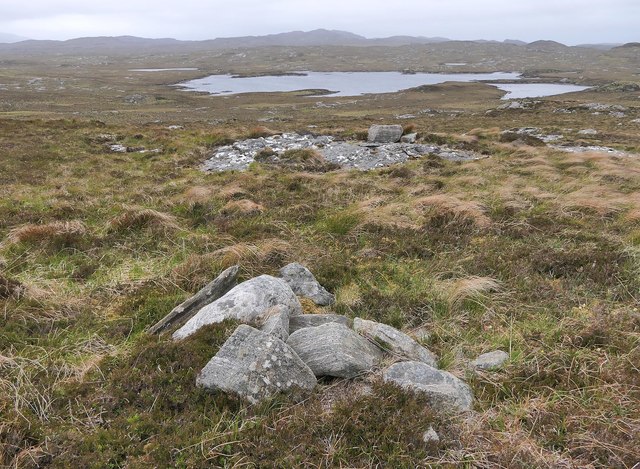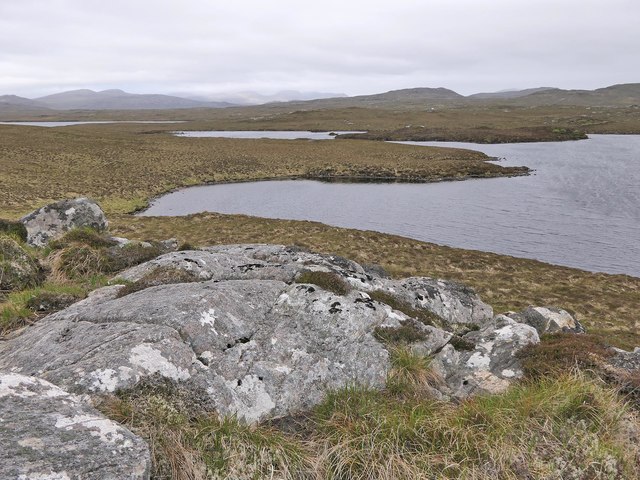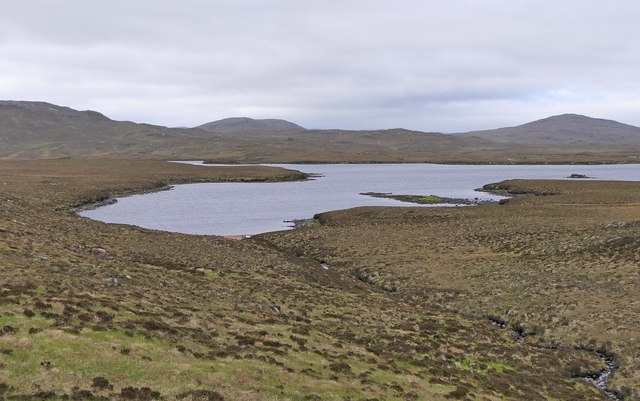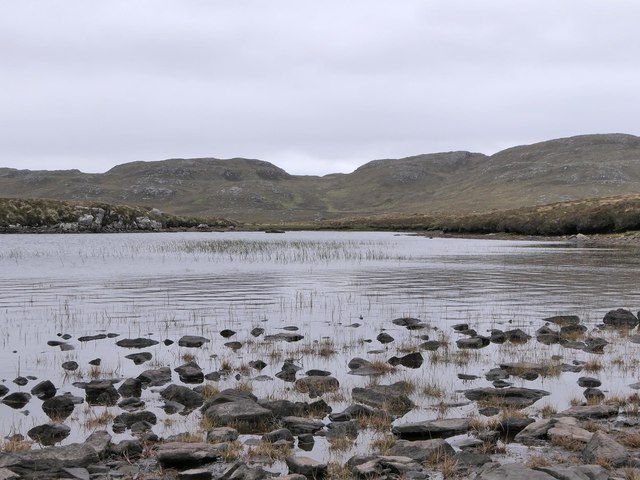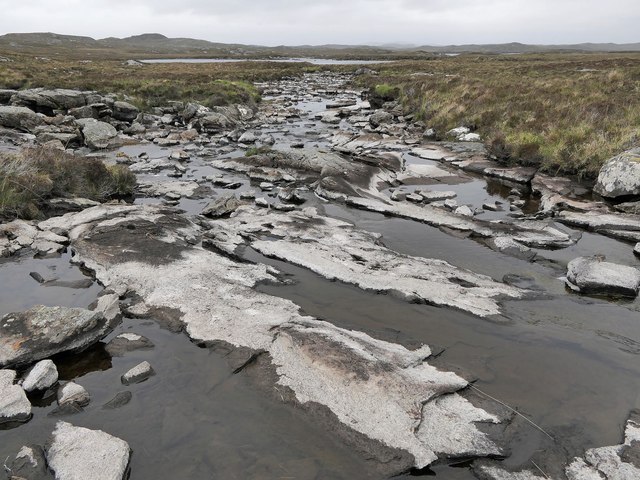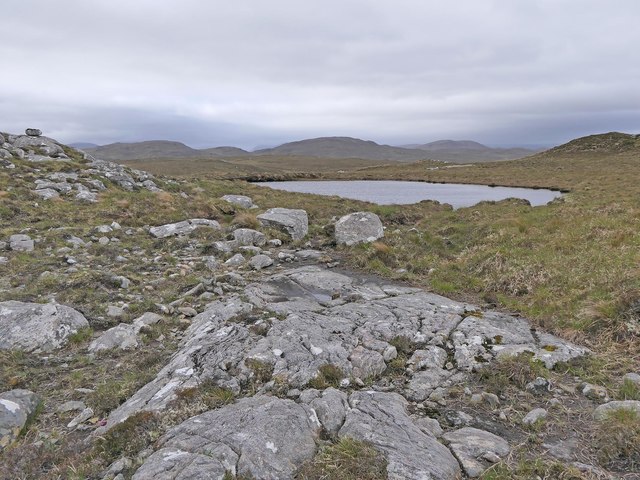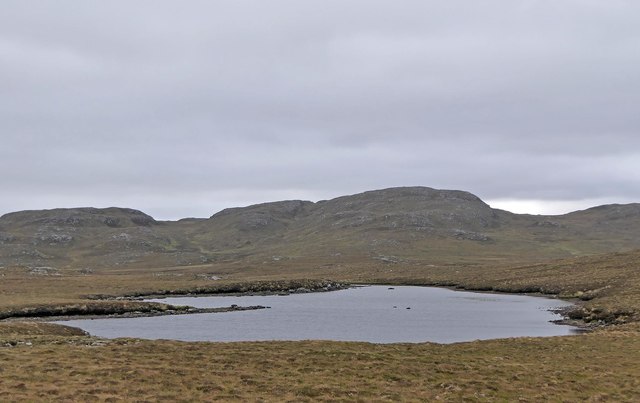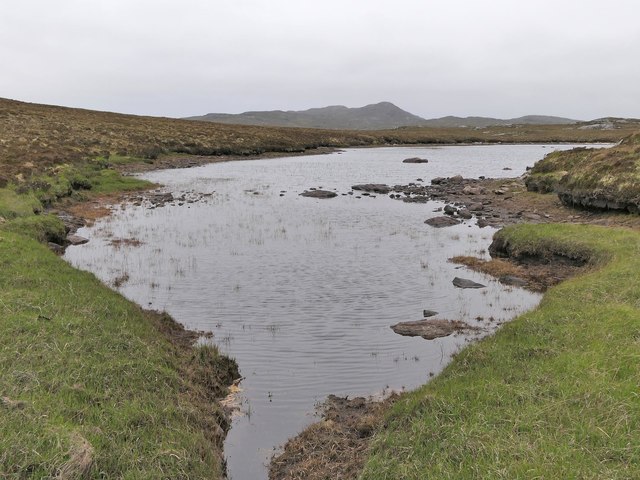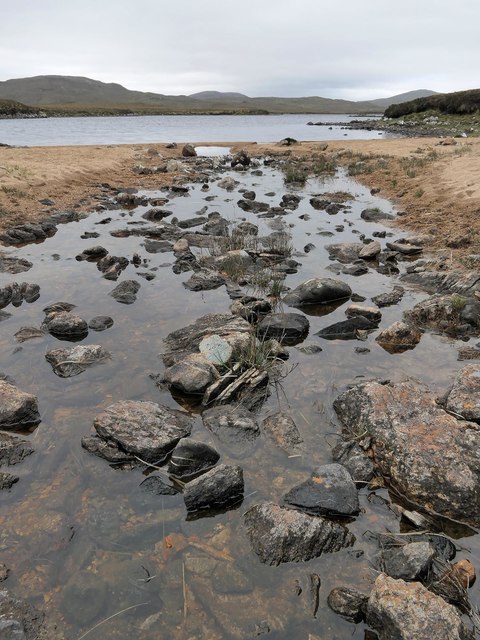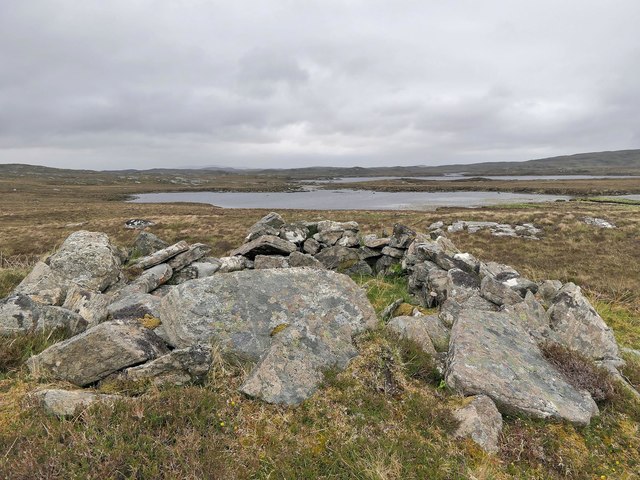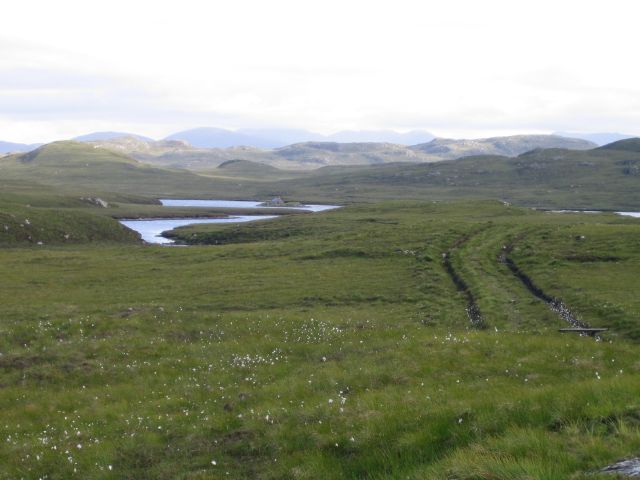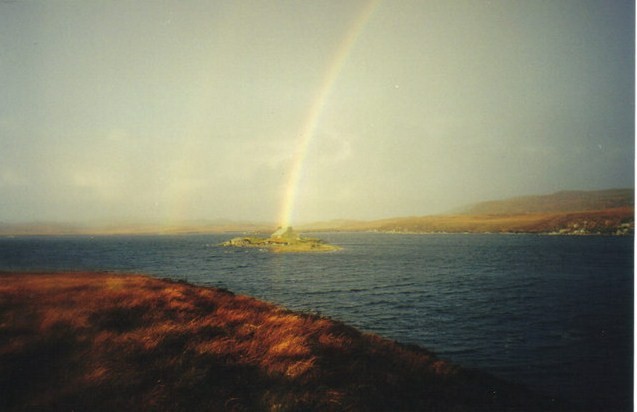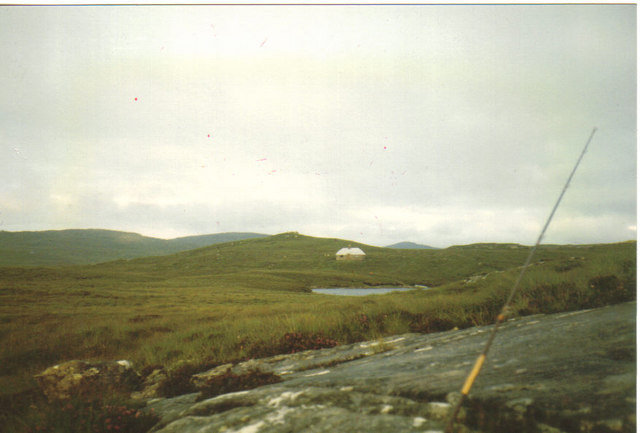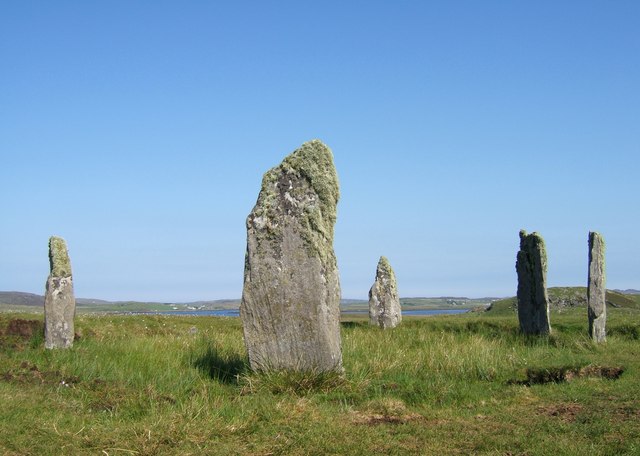Gearraidh Geure Dhubh Bheag
Downs, Moorland in Ross-shire
Scotland
Gearraidh Geure Dhubh Bheag
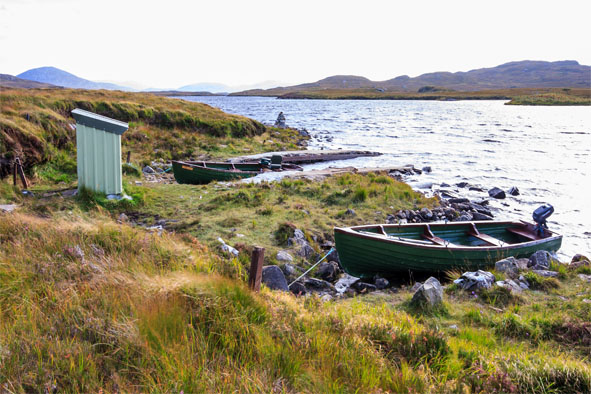
Gearraidh Geure Dhubh Bheag, located in Ross-shire, Scotland, is a picturesque village surrounded by stunning downs and moorland landscapes. The village is nestled in a valley, offering breathtaking views of the surrounding hills and countryside.
The downs in Gearraidh Geure Dhubh Bheag are characterized by their gently rolling hills and lush green pastures. These downs provide ideal grazing land for livestock, and visitors can often see sheep and cattle dotting the landscape. The peaceful and serene atmosphere of the downs makes them a popular spot for leisurely walks and picnics.
Adjacent to the downs, the moorland of Gearraidh Geure Dhubh Bheag stretches out, offering a wilder and more rugged landscape. The moorland is covered in heather and scattered with rocky outcrops, creating a striking contrast against the green downs. This untamed terrain is a haven for nature enthusiasts, who can explore the area’s diverse flora and fauna.
The village of Gearraidh Geure Dhubh Bheag itself is a charming and traditional Scottish village, with quaint stone cottages and friendly locals. It offers basic amenities such as a small grocery store and a post office, making it a peaceful retreat away from the hustle and bustle of larger towns.
For those seeking outdoor adventures, Gearraidh Geure Dhubh Bheag is an ideal destination. The downs and moorland provide ample opportunities for hiking, cycling, and birdwatching. Visitors can also enjoy fishing in nearby rivers and lochs, or simply take in the breathtaking natural beauty that surrounds the village.
If you have any feedback on the listing, please let us know in the comments section below.
Gearraidh Geure Dhubh Bheag Images
Images are sourced within 2km of 58.13745/-6.7503744 or Grid Reference NB2026. Thanks to Geograph Open Source API. All images are credited.
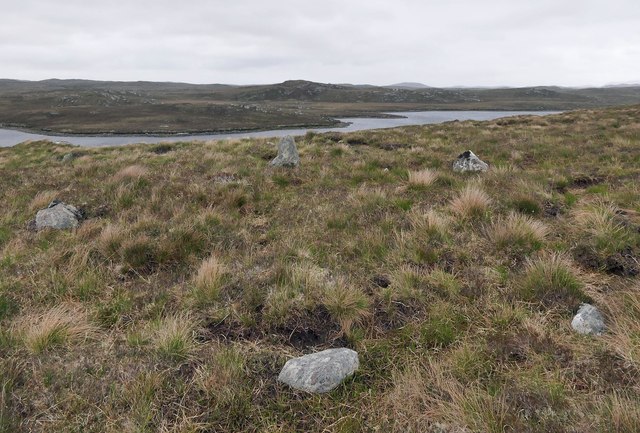
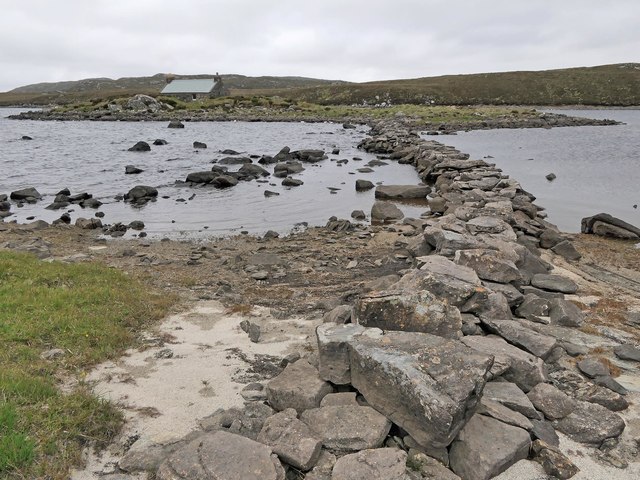
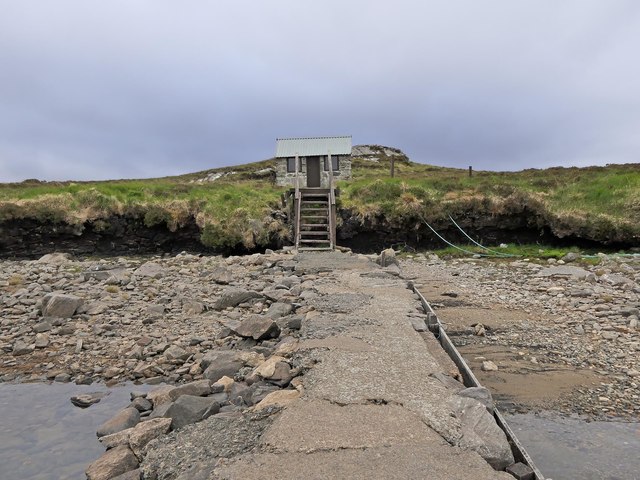
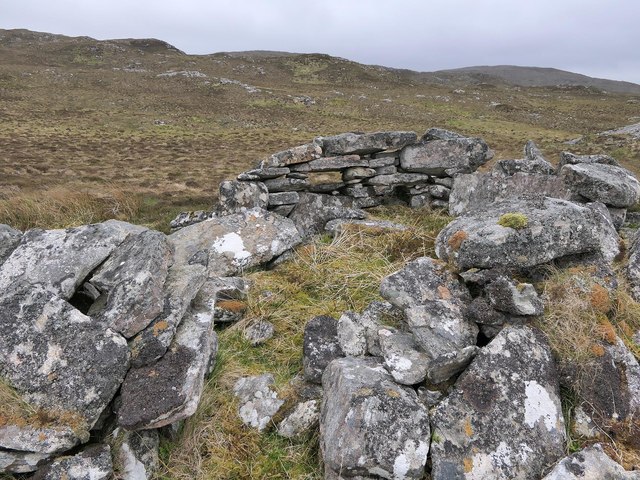
Gearraidh Geure Dhubh Bheag is located at Grid Ref: NB2026 (Lat: 58.13745, Lng: -6.7503744)
Unitary Authority: Na h-Eileanan an Iar
Police Authority: Highlands and Islands
What 3 Words
///unfolds.scarf.stems. Near Leurbost, Na h-Eileanan Siar
Related Wikis
Eilean Mòr, Loch Langavat
Eilean Mòr is an island in Loch Langavat on the Isle of Lewis in the Outer Hebrides of Scotland. == Footnotes ==
Callanish IV
The Callanish IV stone circle (Scottish Gaelic: Ceann Hulavig) is one of many megalithic structures around the better-known (and larger) Calanais I on...
Garynahine
Garynahine (Scottish Gaelic: Gearraidh na h-aibhne) is a settlement on Lewis, in the Outer Hebrides, Scotland. Garynahine is situated at a T-junction where...
Garynahine Estate
Garynahine Estate (Scottish Gaelic: Gearraidh na h-aibhne) in Garynahine, a village on the Isle of Lewis, Outer Hebrides was owned by Sir James Matheson...
Have you been to Gearraidh Geure Dhubh Bheag?
Leave your review of Gearraidh Geure Dhubh Bheag below (or comments, questions and feedback).
